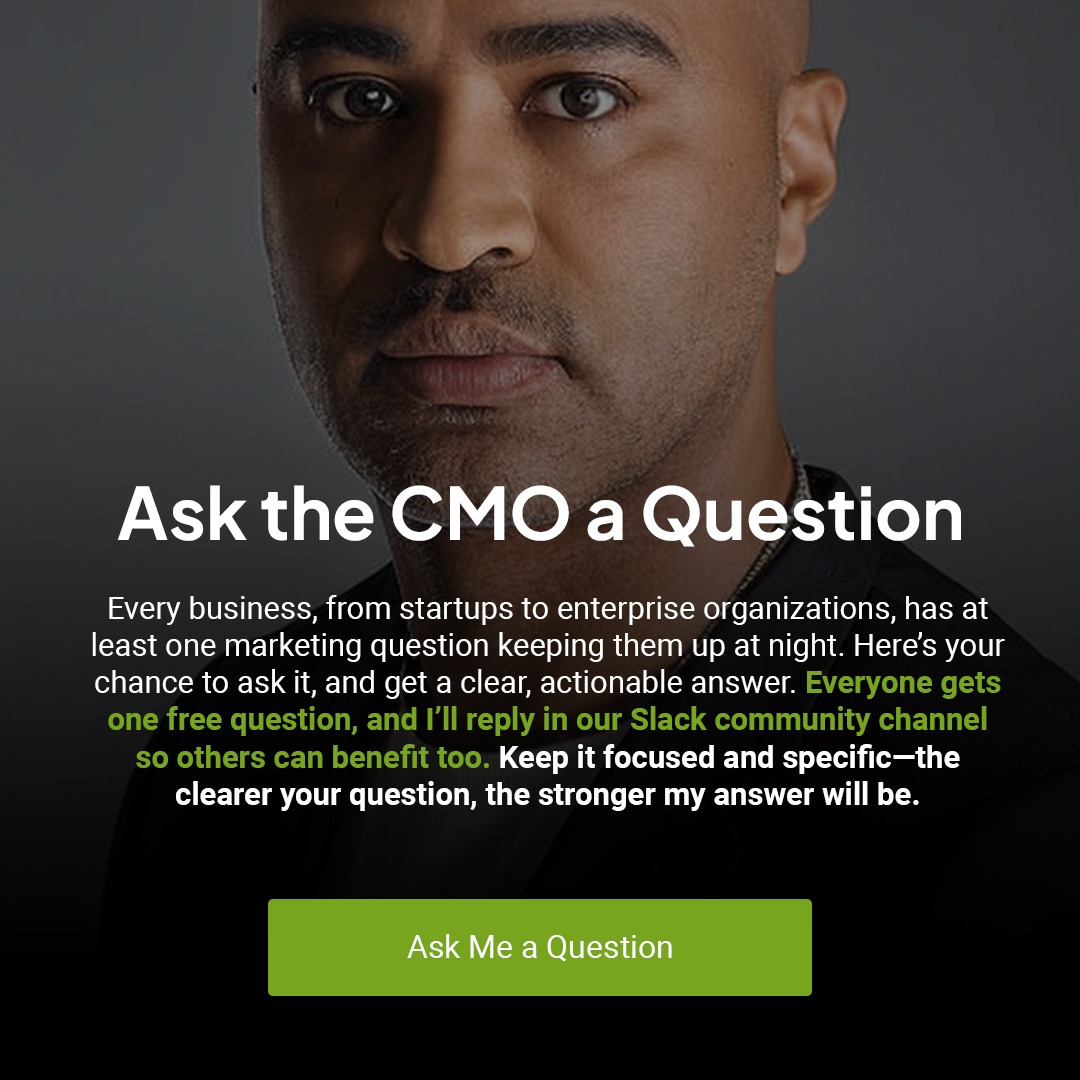Blogs were once personal diaries—raw, authentic, and reflective of an individual’s passions. Fast forward to today, and the blog has become little more than a tool for driving traffic, frequently stuffed with keywords and devoid of genuine value. But in a world where search algorithms are evolving and content competition is fierce, there’s an urgent need to rethink blogs.
This isn’t just a call to return to the days of personal journaling but a challenge to transform blogs into valuable resources for users while maintaining their ability to rank on search engines. Marketers and startups can benefit immensely from refreshing their approach to blogging, using it to build authority, engage audiences, and provide long-lasting value.
Here’s a step-by-step guide on rebooting your blog to meet the demands of today’s digital landscape.
1. Rebranding Your Blog: More Than Just a Name Change
The first step in rebooting your blog is recognizing that the term “blog” itself may be limiting. When people hear “blog,” they often think of a casual post or a sales pitch disguised as information. It’s time to rebrand your blog into something that better reflects its value to the reader.
Action Item:
- Consider adopting a new name for your blog that communicates its value, such as “Insight Hub,” “Knowledge Center,” or “Content Library.”
- Use this rebranding to signal a shift in how your audience interacts with your content. You’re not just posting to rank—you’re offering specialized resources that inform, educate, and engage.
This isn’t about slapping on a new label and calling it a day; it’s about fundamentally reshaping how content is conceived and presented. A well-branded “Insight Hub” or “Content Library” suggests an authoritative resource, not a bland blog post chasing clicks.
2. Prioritizing Value Over Quantity
In the race for traffic, many marketers churn out content without considering its true value to the reader. This is a classic mistake. Readers today are overwhelmed with information, and they can spot thin, keyword-stuffed content from a mile away. As algorithms become more adept at recognizing and rewarding valuable content, focusing on quality over quantity is crucial.
Action Item:
- Shift your strategy from frequent posting to creating in-depth, comprehensive articles that deeply explore topics of interest to your audience.
- Craft your content to answer specific questions and solve real problems, making it more shareable and engaging.
For example, instead of writing ten short blog posts on “social media tips,” write one comprehensive guide that explores social media strategies for startups in detail. This enhances your credibility and increases the likelihood of your content being shared and cited, further boosting your SEO efforts.
3. Optimize for User Experience, Not Just Search Engines
The days of writing solely for search engine bots are over. Search engines like Google have become increasingly sophisticated, prioritizing content that satisfies user intent. So, if your blog posts are stuffed with keywords but fail to provide real value, they won’t perform as well as they used to.
Action Item:
- Revisit your old blog posts. Are they written for humans or for algorithms? Refresh the content with user experience in mind. This means improving readability with clear headings, bullet points, and easy-to-understand language.
- Incorporate multimedia elements like videos, infographics, or interactive tools to break up the text and make your content more engaging.
Creating content that prioritizes user experience satisfies search engines and keeps your readers engaged for longer, increasing the likelihood of return visits and shares.
4. Establishing Authority Through Thought Leadership
Blogs should not just be platforms for pushing product or service updates. They need to establish your brand as a thought leader in your industry. Thought leadership goes beyond stating the obvious; it requires in-depth analysis, unique insights, and perspectives that challenge the status quo.
Action Item:
- Use your blog to publish expert interviews, case studies, and research-backed articles. These types of content are inherently more valuable because they showcase authority and expertise.
- Encourage your team to contribute to the blog. Your company’s collective knowledge can become a rich source of unique content.
For example, instead of simply writing a post about your product’s benefits, interview industry experts or your own employees who can provide unique insights and advice related to the broader challenges your audience faces.
5. Integrating Interactive and Visual Content
In a world with shorter attention spans, interactive content can help keep users engaged for longer. Adding quizzes, polls, or even calculators to your blog can transform static content into an engaging experience.
Action Item:
- Experiment with interactive content such as quizzes, downloadable templates, or calculators that are relevant to your audience’s needs. For example, if you’re a SaaS startup, consider adding an ROI calculator to your blog that lets readers see how much they could save using your software.
- Incorporate visuals to enhance the reading experience. Add infographics, data visualizations, or behind-the-scenes videos to make your content richer and more engaging.
6. Embrace Long-Form Content
One way to set yourself apart from competitors is to embrace long-form content. In-depth guides, white papers, and extensive case studies are more challenging to replicate and provide real value to your readers. They can also help position your brand as an industry leader.
Action Item:
- Plan and create long-form articles that thoroughly explore critical topics. These pieces aim to be the most comprehensive resources on a given subject.
- Break down long articles into digestible sections with clear subheadings, making them easier to navigate.
7. Repurposing Content Across Channels
Your blog posts don’t have to live in isolation. A smart content strategy involves repurposing blog posts into other formats, such as social media snippets, email newsletters, or podcast episodes.
Action Item:
- After publishing a blog post, extract critical insights and distribute them across different channels. A single blog post could fuel weeks of content on your social media accounts or serve as the basis for a video or podcast episode.
- Regularly update your older posts with new information or perspectives, giving them new life and expanding their reach.
8. Encourage Engagement and Build Community
Finally, blogs should be about two-way communication. Encourage readers to leave comments, share your content, and interact with your brand. This sense of community can foster loyalty and establish long-term relationships with your audience.
Action Item:
- Create open-ended blog posts that invite readers to share their experiences or opinions. Ask questions at the end of your posts to prompt discussion.
- Highlight and incorporate reader feedback into future posts to show that you value your audience’s input.
Conclusion: Revitalize Your Blog, Elevate Your Brand
Rebooting your blog is more than just a cosmetic change—fundamentally rethinking how you create and present content. By focusing on value, authority, and engagement, your blog can evolve from a forgotten SEO tool into a dynamic platform that builds trust and drives meaningful connections with your audience. If you follow these steps, your blog will no longer be a glorified sales pitch but a powerful asset that enhances your brand’s credibility and fosters deeper relationships with your audience. Now is the time to reboot and rediscover your blog’s full potential.
Keep Reading
Want more? Here are some other blog posts you might be interested in.
On Monday, October 20, 2025, Amazon Web Services experienced a major incident centered in its US-EAST-1 region. The problem began in ...
There is a certain kind of account that arrives wrapped in urgency and praise. They hire you because you are the ...
Entrepreneurship rewards the steady hand. Results surge, then stall, then surge again. If your energy, decision quality, and communication track those ...
For founders and growing companies
Get all the tips, stories and resources you didn’t know you needed – straight to your email!




